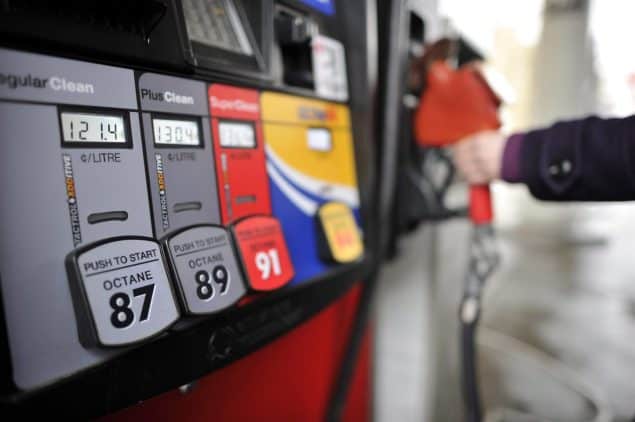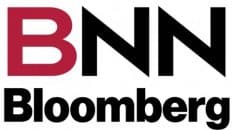No matter how hard, or how many times you may try to pump the brakes, nothing seems to be able to slow down the rocketing trajectory of diesel, rack, or gasoline pump prices. Maybe the only option is to grin and pay it – because pay for it we will as these storm clouds just keep getting darker.
Normally you get rewarded for success but in the case of energy prices, we are being penalized. It appears the latest pandemic variant has been subdued to the point of submission. The mask tossing has also accelerated demand for all fossil fuels with the U.S. at the highest prices on record for all petroleum products.
The gap between supply and demand is getting wider and is increasing prices not diminishing them. U.S. crude oil inventories are now 11% below the five-year average with distillates down 19%.
What is all of this doing for crude oil futures?
The traders’ forecast of $100/bbl is getting dangerously accurate as we head for $93/bbl. Could $120/bbl be the next imaginary hurdle? The inventories that will give a direction for the near term will be the crude oil inventories at Cushing, which is the end supply point for West Texas Intermediate (WTI) crude futures. Those levels have fallen five weeks in a row, so the only direction for crude prices to go is up.
On the demand side, the sky seems to be the limit (pardon the pun) with jet fuel demand up 30% versus the same time last year. Diesel, the gasoline price driver at this time of year, is up 10% over the same timeframe. If we’re looking at the industry’s ability to supply enough refined product to meet this demand, then we are in trouble.
Normal refinery maintenance schedules were delayed or suspended in 2020/2021 as refiners were in cash crunch mode due to low demand for refined products caused by the global pandemic.
Those maintenance procedures are now in full swing with 1.4 million bpd of capacity set to come offline for the period January to April. If we throw in the fact that the Marathon’s 549,000 bpd facility has been shut down due to low temperatures on the Gulf coast, then gasoline and diesel prices are in for one heck of a boost over the next three months.
The inventory situation in Canada is mirroring the U.S. with levels falling 14 million barrels since November to only 25 million barrels today.
The only way to stall this runaway price machine is to fix the brakes and cut demand. One way to do that is to increase interest rates.
With the U.S. midterms around the corner, this is not something President Biden would hope for – and definitely not something the U.S. consumer will vote for.
– Roger McKnight – B.Sc., Senior Petroleum Analyst








Add comment